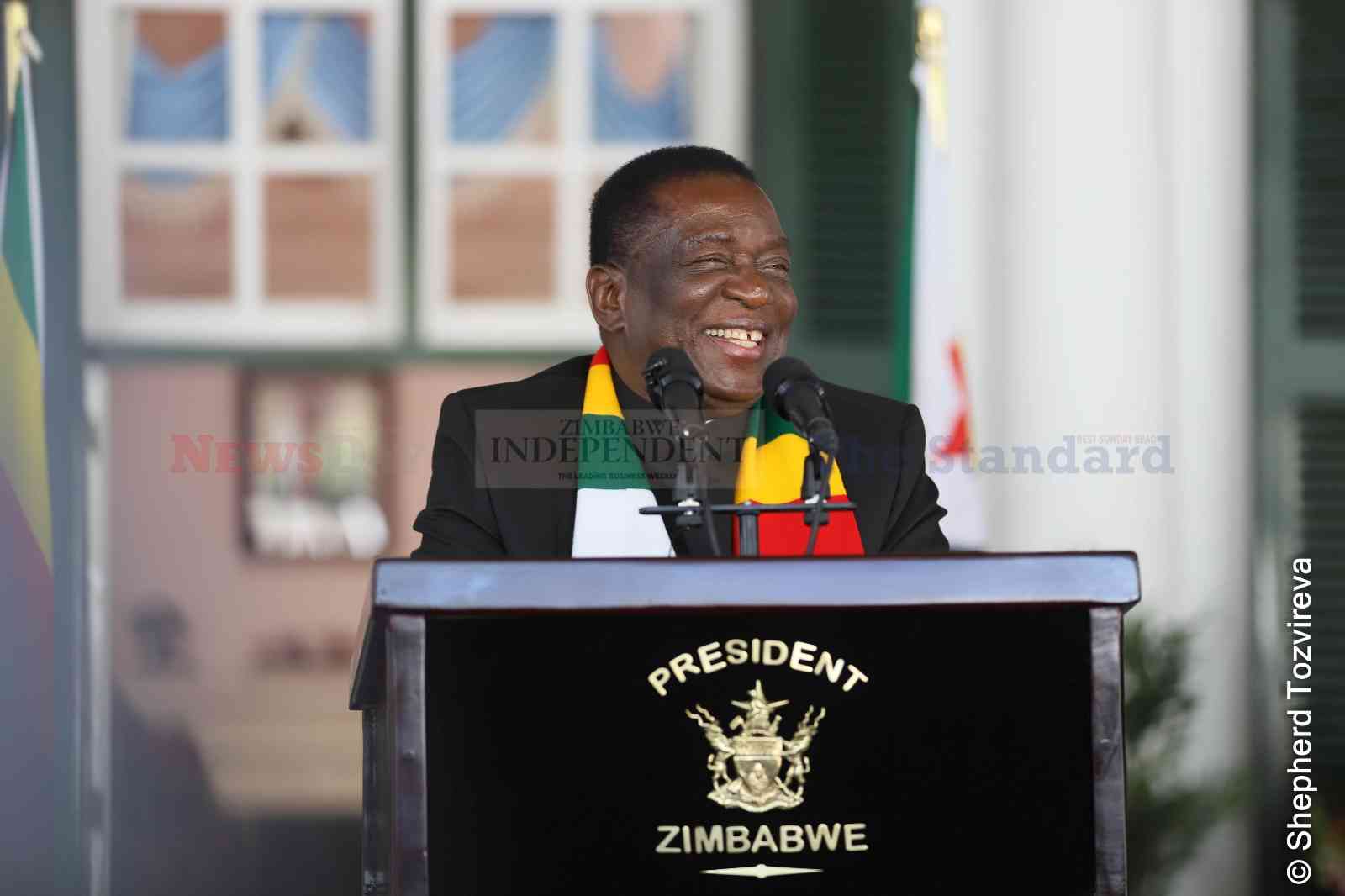
Let’s ensure women’s meaningful participation in peace processes WOMEN’S meaningful participation in peace negotiations and implementing peace agreements is a key tenet of the United Nations Security Council Resolution 1325 on Women, Peace and Security (WPS), which celebrated its 20th anniversary in 2020.
Beyond being a right — enshrined in the WPS agenda and other international laws — women’s participation has been shown to positively impact the likelihood of achieving a peace agreement between the parties, the durability of the agreement, and the quality of the provisions — in particular, the inclusion of gender-responsive provisions.
Still, women remain largely excluded from official peace negotiations. Between 1991 and 2011, they constituted only 2% of chief mediators, 4% of witnesses and signatories, and 9% of negotiators.
Women are routinely excluded from pre-negotiation stages of peace processes, where parameters and agendas for future negotiations are set.
Similarly, even in contexts which boast high levels of women’s participation during peace negotiations — such as Colombia — women are often marginalised during implementation, which contributes to delays in the implementation, especially of those provisions designed to ensure a gender-equal peace.
A range of challenges contributes to women’s exclusion from peace processes. In 2018–2019, I led a global research project, coordinated by the Global Network of Women Peacebuilders with support from UN Women, on the meaning of “sustaining peace” to local women.
The research, which consisted of focus group discussions, targeted key informant interviews and a global, multi-lingual survey, reached over 1 600 women and men from civil society organisations and community groups working on peace-building in nearly 50 countries.
When asked about barriers to women’s meaningful participation in peace processes, research participants identified the uneven share of unpaid domestic and care labour, mobility restrictions (e.g, not being able to leave home without a male guardian), insecurity and targeted attacks on women.
- Chamisa under fire over US$120K donation
- Mavhunga puts DeMbare into Chibuku quarterfinals
- Pension funds bet on Cabora Bassa oilfields
- Councils defy govt fire tender directive
Keep Reading
Moreover, women pointed to the lack of access to information about peace processes (fuelled by their secret nature and lack of reliable coverage in the media) as a key constraint. This was aggravated by the digital divide and lack of access to the internet and traditional media, which is often gendered.
Women who took part in the research also emphasised that persisting patriarchal norms underlie most of these challenges. A research participant from the Philippines stressed that women are “regarded as non-political beings”, and thus denied access to the peace process.
Increasingly, researchers, activists and policymakers have also recognised that, even when women do participate in peace negotiations, they might not be able to exert influence.
In 2018, the UN secretary-general recognised both the “poor level of representation” of women in peace negotiations and “corresponding challenges in measuring how women contribute their experience and ideas and assert influence amid consistently male-dominated processes”.-Agnieszka Fal-Dutra Santos
Unpacking Zimbabwe’s ongoing decline A CURSORY glance at recent headlines in Zimbabwe could give one the impression that things are looking up.
A recent World Bank report predicted growth of nearly 4% last year.
Government took a small first step toward compensating farmers whose land was violently seized by the State decades ago.
But closer inspection reveals a country with tremendous structural challenges and a government focused only on regime survival.
It is true that good rains have been a boost to the agricultural sector and have eased the burden of hunger in Zimbabwe, but that sector, like all others, is stymied by the ruinous governance that, coupled with the COVID-19 pandemic, has left half of the population living on less than a dollar a day.
Moreover, citizens cannot count on the favourable rains persisting. Zimbabwe is one of the countries most affected by climate change in the world.
If it had a government with credibility, Zimbabwe could be an important voice on the international stage advocating for more meaningful action to support adaptation and mitigation measures, but no one is looking to Harare for leadership because its government is synonymous with corruption and repression.
The murky nature of the vehicle the State used for its first payment to former landholders, Kuvimba Mining House Ltd, points to continued patterns of elite enrichment and the absence of accountability at the top.
At the same time, government is engaged in new land seizures, aimed at perceived enemies like civil society leaders, part of its continued campaign to silence dissent and close political space.
The State subjects independent journalists to regular harassment and arrest, bullies the Judiciary when it shows pockets of independence, and instigates and exploits divisions in the political opposition to silence critical voices in parliament.
Like many other countries in the region, Zimbabwe has an overwhelmingly young population.
Any government would find it challenging to steward truly inclusive growth, ensure opportunities for its young people, address the realities of climate change, and strengthen governing institutions and public trust.
But the record of the current leadership provides little reassurance that it aims for any of these goals.
Two-thirds of Zimbabweans believe their country is going in the wrong direction. Without a fundamental change in the nature of governance, they are almost certain to be proved right.-Michelle Gavin
Zim future remains subdued THE price of basic commodities increased by an average of 31% in Zimdollar terms and decreased by 3% in United States dollar terms when compared to May 2022. Inflation continues to escalate by 30,7% in June 2022.
The food poverty line and total consumption poverty line are reported to be increasing rapidly without a matching increase in incomes, resulting in worsening vulnerabilities and food insecurity (ZimStat and World Bank, 2022).
Challenges being faced in accessing fertilizer mainly as a result of sharp price increases is likely to negatively impact production of the winter cropping season and the 2022/23 agricultural season.
The price of a 50kg bag of AN fertiliser increased by 71% to an average US$94 by end of June 2022, compared to US$55 during the previous cropping season.
The lifting of import duties on prioritised basic food and non-food commodities in response to emerging shortages will cushion some household groups, but access for poorer households will likely remain constrained.
Although the Zimbabwe Vulnerability Assessment Committee (ZimVAC) Rural Livelihoods Assessment (RLA) 2022 indicate slight improvements in the food consumption patterns, it also projects deterioration of food security situation in the country, as measured by access to cereals, from 27% in 2021 and 38% during the peak hunger period i.e, January to March 2023.
Inflation continues on an upward trend — in June, headline inflation closed at 192% up from 132%, food inflation closed at 225% up from 155%, and monthly inflation gained 9,7% from the previous month to close at 30,7%.
Fuel prices in US$ terms increased by 5% and 8% for petrol and diesel, respectively; 37% in Zimdollar terms for both petrol and diesel and remains the highest in the region
Maize grain availability remains very low in both rural and urban markets at 2% and 9%, respectively. Maize meal was available in 68% of the monitored rural markets and in 74% of the urban
According to the World Food Programme HungerMap LIVE, the number of estimated people with insufficient food consumption increased from 5,16 to 5,4 million in the three-month period ending in the first week of July 2022.
Between May and June 2022, the average cost of a minimum food basket in rural areas decreased by 3% in US$ terms and increased by 31% in Zimdollar terms, on the other hand in urban areas increasing by 8% and 45% in US$ and Zimdollar terms respectively.
According to HungerMap LIVE, the estimated number of people with insufficient food consumption increased by 0,24 million from 5,16 million to 5,4 million in the last three months, while those resorting to crisis and above food-based coping strategies increased from 7,6 million people to 8,0 million during the same period.
The prevalence of insufficient consumption and consumption-based coping still remains higher than typical during the post-harvest period.
Currently, the highest estimated prevalence of insufficient consumption is in Matabeleland North province (50% of the population up from 37%), followed by Masvingo and Mashonaland West (41%) and Manicaland (36%).
For most households, coping livelihood strategies have remained constrained and below typical.
Food crop sales are non-existent in deficit-producing areas, while sales are marginal in surplus-producing areas.
In all the provinces save for Masvingo, Bulawayo and Manicaland, the estimated prevalence of households employing “crisis” or “above-crisis” food-based coping has increased over the three months.
According to the latest Integrated Food Security Phase Classification compatible analysis conducted by Famine Early Warning Systems Network (FEWSNET), below average crop production and macroeconomic instability are expected to drive the emergence of crisis outcomes by July/August in typically deficit-producing areas and those worst affected by poor performance of the rainfall season, marking an early onset of the 2022/23 lean season.
In surplus-producing areas, near-average harvests in 2021/22 and 2020/21 carryover stocks will likely result in continued minimal outcomes throughout the outlook period.
Stressed outcomes will continue in relatively less productive parts of surplus-producing areas and urban areas through January 2023.
Macroeconomic instability, marked by spiking parallel market currency exchange rates, will likely remain a prime driver of rapidly increasing headline inflation.
Imported and domestic inflation and continued depreciation of the local currency are contributing to below-average household purchasing power thereby increasing the proportion of households experiencing challenges in meeting their basic food needs.-World Food Programme











